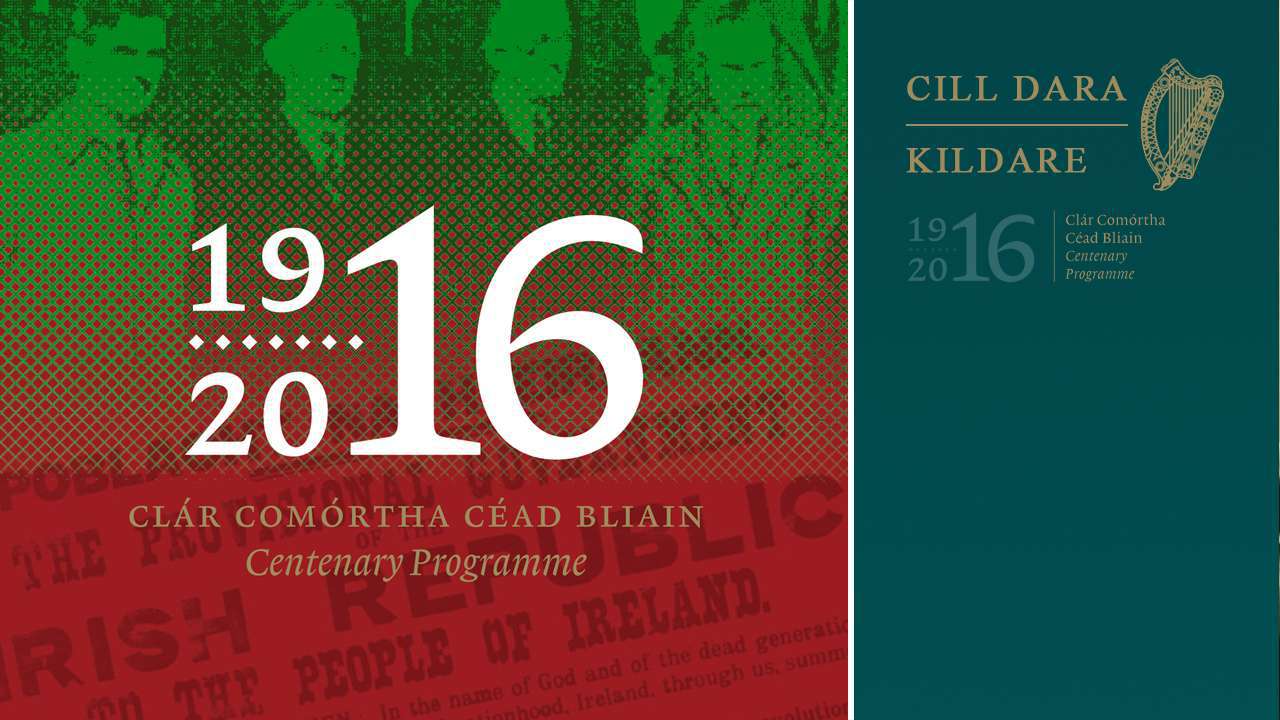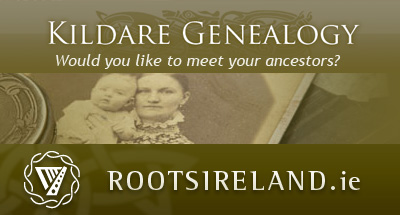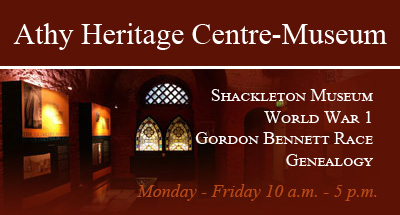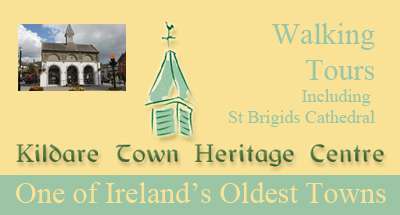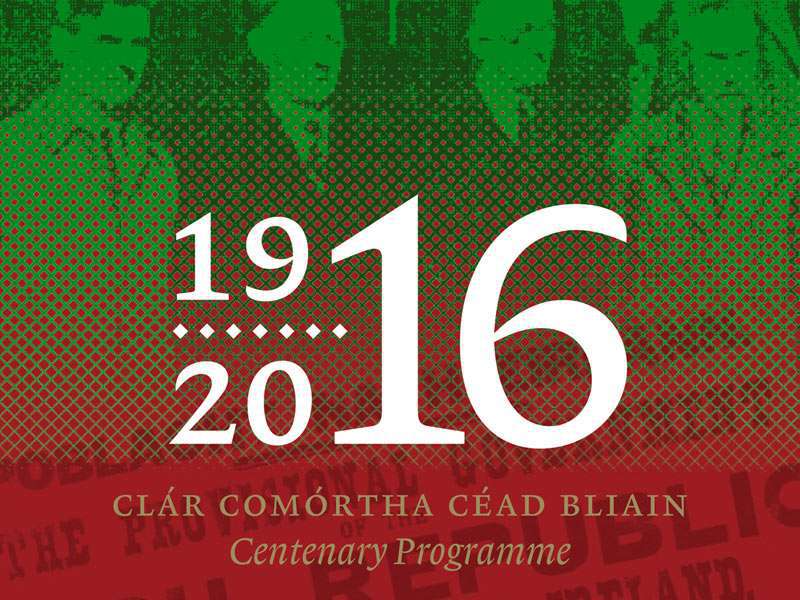Five Co.Kildare volunteer companies mobilised
On Wednesday 19th April, Captain Tom Byrne brought news to Naas from GHQ in Dublin that a nationwide rising was to take place on Sunday 23rd April, using the Volunteers’ scheduled manoeuvers in Dublin as a cover. He was ordered to mobilise all the companies in the county and march to Bodenstown, where they would assemble, blow-up the railway bridge, and march on Dublin. All companies promised a good turnout. However, due to Eoin MacNeill’s countermanding order, confusion reigned in County Kildare. Five Volunteer companies mobilised for action, but stood down when they received the countermanding order.
Maynooth to Dublin March
The plans to blow up the railway bridge at Bodenstown failed and Capt. Byrne, Lieutenant O'Kelly and Tom Harris made their way to Maynooth. Here, Domhnall
Ua Buachalla had again mobilised his company, when word was received
that the Rising had gone ahead in Dublin. Fifteen men walked from
Maynooth to Dublin arriving at the GPO on Tuesday morning, to be
welcomed by Pearse and Connolly. In the GPO garrison, the Maynooth group
found individuals who were from Kildare. Around the city, more Kildare
men and women were based in other rebel garrisons.
Co.Kildare casualties on both sides
As the crown forces reacted to the Rising, dozens more Kildare men
arrived in the capital to quell the insurrection. The Irish regiments of
the British army had many men from the Short Grass County in their
ranks. Some of their first fatalities, including Captain Alfred
Warmington and Private Bernard Mulraney, arrived in Dublin from
Newbridge Barracks and the Curragh Camp. Among the first civilian
casualties were men who had been born and raised in Kildare but had
made Dublin their home. Michael Kavanagh was shot dead by rebels at a
barricade in St. Stephen’s Green; Francis Salmon was fatally shot by an
unknown sniper; while Peter Connolly was bayonetted to death by British
soldiers in North King Street.
Outside of the capital, there were
only a few locations where action associated with the Rising occurred.
In County Kildare, aside from the mobilisation of the Maynooth Company, a
small railway section was destroyed near Athy in an attempt to disrupt
communications.
Eight people from Kildare, combatants and civilians, were killed in the fighting, while nearly fifty ore were captured, or arrested. They were imprisoned in the Curragh Camp, Dublin’s Richmond Barracks, jails in England and Frongoch Camp in Wales. As the week progressed British military mobilised to the defence of the crown in Dublin. One of those mobilised was a Robertstown man, Captain Harry de Courcy Wheeler, who accompanied by Nurse O’Farrell, took the surrender of many of the rebel garrisons.
Co.Kildare Legacy
The subsequent execution of the leaders of the Rising awakened a generation to the cause of Irish freedom and the Kildare men of 1916: Domhnall Ua Buachalla, Tom Harris, Pat Colgan, Michael Smyth and Éamon Ó Modhrain would play their part in the development of our nation.
The Kildare Decade of Commemorations Programme
For the centenary of the 1916 Rising, a comprehensive exploration of the political, social, cultural and economic history of the county is planned through cultural performances, publications, historical reflections and education programmes in an attempt to present a holistic view of the period.
The Centenary Commemoration of 1916 in Kildare is led by the Kildare County Council’s Decade of Commemorations Committee, comprising elected members of Kildare County Council and the Heritage, Community, Arts and Libraries Departments. The plans to date have been informed by extensive public consultation. The involvement of all parts of the community remains an important aspect of our commemorations.
This plan will be further expanded in the coming months and details of the various events will be listed in the kildare.ie Events section.
A pdf copy of the latest programme (which is subject to changes and additions) and all events taking place in Co Kildare to mark the centenary are listed on the website www.kildare2016.ie
Back To The Heritage Homepage
